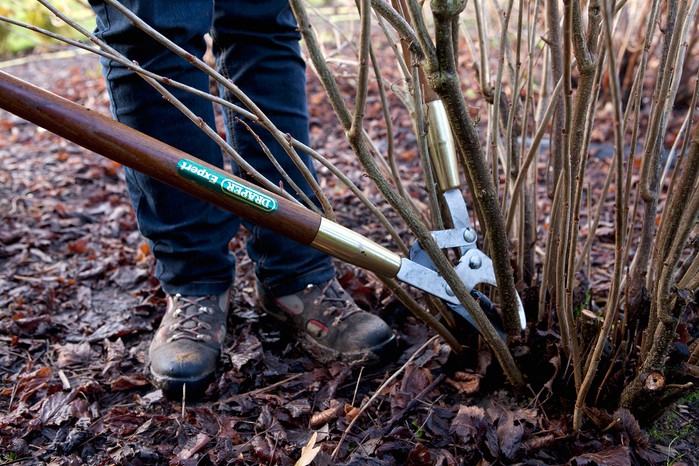Blackcurrants are delightful, easy-to-grow bushes that produce delicious purple berries perfect for pies, jams, and beverages. To ensure your blackcurrant bushes remain productive, it’s essential to prune them annually. Here’s a comprehensive guide to help you prune your blackcurrants effectively, ensuring they thrive and produce abundant fruit.
Method 1: Choosing What and When to Prune
Step 1: Prune Established Blackcurrants Once a Year
Begin by pruning your established blackcurrant bushes once a year, after all the foliage has fallen. Established bushes are at least one year old and have already produced fruit. The ideal time for pruning is late fall or early winter, after you’ve harvested the fruit and the leaves have dropped.
Step 2: Select Old Wood to Prune Away
Identify about one-third of the oldest, darkest wood to prune away. Blackcurrants produce the most fruit on newer branches, so focus on removing the oldest growth. The oldest branches have very dark, almost black wood. Removing this old growth rejuvenates the bush and allows room for new, more fruitful growth.
Step 3: Remove Weak or Low-Growing Stems
Identify any stems that are weak, wispy, or drooping towards the ground. These stems will not produce fruit or will produce fruit that drags on the ground, making it unsuitable for harvesting. Removing these stems encourages stronger, healthier growth.
Step 4: Leave the Lightest-Colored Wood
Identify the strongest, newest wood with a light chestnut-brown color and avoid pruning it. These branches have grown during the current year and will be the most fruitful in the next summer.
Method 2: Performing Annual Pruning
Step 1: Use Garden Shears for Close Cuts
Use garden shears to cut branches as close to the base as possible. Start by cutting about one-third of the oldest branches, followed by the weak and drooping ones. Finish by shaping the bush and thinning it out. Long-handled lopping shears are an excellent choice for this task, as they provide leverage for cutting thicker branches.
Step 2: Clean Up Cuts with a Pruning Saw
Use a small pruning saw to even out any uneven cuts or cuts where you couldn’t reach the base of the bush. Aim to leave no more than about 2.5 inches (6.4 cm) of the cut branches sticking up from the base. This helps prevent the center of the bush from becoming congested and allows room for new, productive growth.
Step 3: Define the Shape of the Bush
Clip away any horizontal new growth to ensure the bush retains a strong, upright shape. Remove any branches that are criss-crossing to keep the bush from growing tangled.
Step 4: Thin Out New Wood
Prune away new wood until you are left with 6-10 healthy, strong shoots. This allows the bush to focus its growing energy on these remaining branches, resulting in more fruit. Aim for a goblet-like shape with strong, evenly-spaced branches growing straight upwards.
By following these steps, you’ll ensure your blackcurrant bushes remain healthy and productive, yielding an abundant harvest of delicious berries. Happy pruning! 🍇🌿

